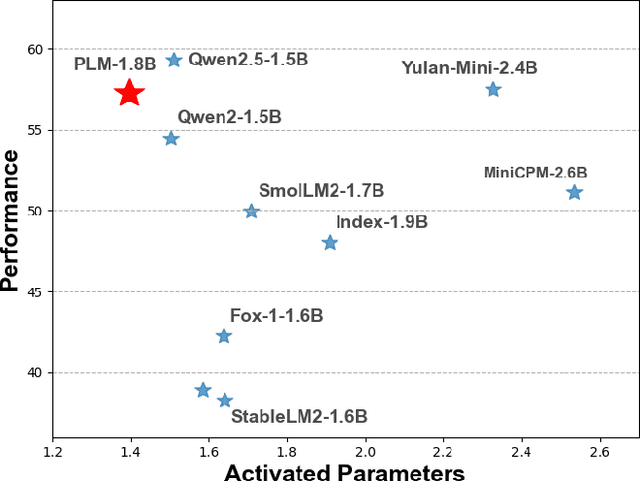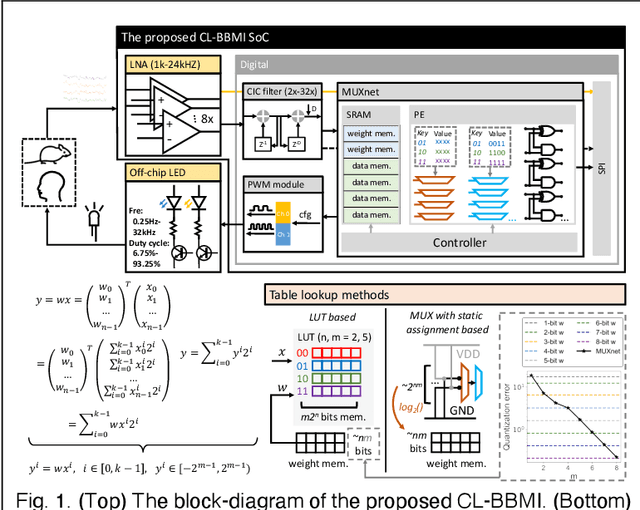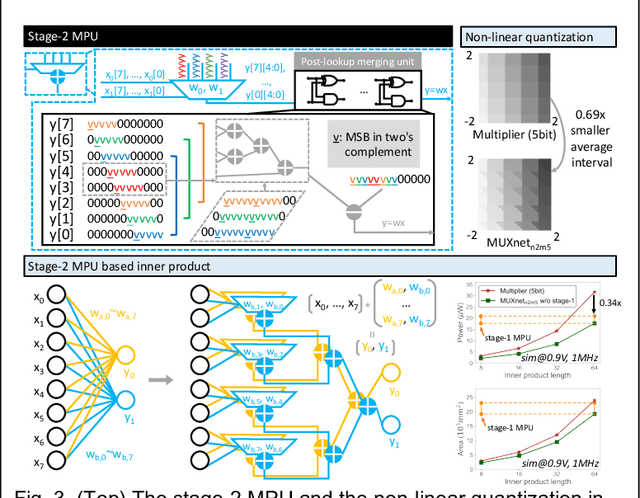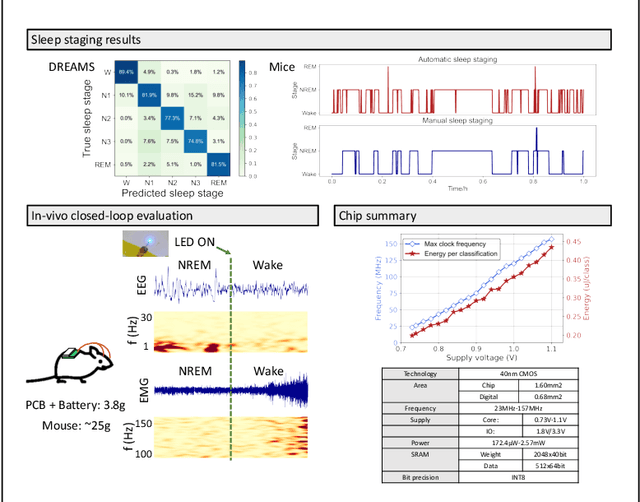Wenxin Zhao
PLM: Efficient Peripheral Language Models Hardware-Co-Designed for Ubiquitous Computing
Mar 15, 2025



Abstract:While scaling laws have been continuously validated in large language models (LLMs) with increasing model parameters, the inherent tension between the inference demands of LLMs and the limited resources of edge devices poses a critical challenge to the development of edge intelligence. Recently, numerous small language models have emerged, aiming to distill the capabilities of LLMs into smaller footprints. However, these models often retain the fundamental architectural principles of their larger counterparts, still imposing considerable strain on the storage and bandwidth capacities of edge devices. In this paper, we introduce the PLM, a Peripheral Language Model, developed through a co-design process that jointly optimizes model architecture and edge system constraints. The PLM utilizes a Multi-head Latent Attention mechanism and employs the squared ReLU activation function to encourage sparsity, thereby reducing peak memory footprint during inference. During training, we collect and reorganize open-source datasets, implement a multi-phase training strategy, and empirically investigate the Warmup-Stable-Decay-Constant (WSDC) learning rate scheduler. Additionally, we incorporate Reinforcement Learning from Human Feedback (RLHF) by adopting the ARIES preference learning approach. Following a two-phase SFT process, this method yields performance gains of 2% in general tasks, 9% in the GSM8K task, and 11% in coding tasks. In addition to its novel architecture, evaluation results demonstrate that PLM outperforms existing small language models trained on publicly available data while maintaining the lowest number of activated parameters. Furthermore, deployment across various edge devices, including consumer-grade GPUs, mobile phones, and Raspberry Pis, validates PLM's suitability for peripheral applications. The PLM series models are publicly available at https://github.com/plm-team/PLM.
AOTree: Aspect Order Tree-based Model for Explainable Recommendation
Jul 29, 2024



Abstract:Recent recommender systems aim to provide not only accurate recommendations but also explanations that help users understand them better. However, most existing explainable recommendations only consider the importance of content in reviews, such as words or aspects, and ignore the ordering relationship among them. This oversight neglects crucial ordering dimensions in the human decision-making process, leading to suboptimal performance. Therefore, in this paper, we propose Aspect Order Tree-based (AOTree) explainable recommendation method, inspired by the Order Effects Theory from cognitive and decision psychology, in order to capture the dependency relationships among decisive factors. We first validate the theory in the recommendation scenario by analyzing the reviews of the users. Then, according to the theory, the proposed AOTree expands the construction of the decision tree to capture aspect orders in users' decision-making processes, and use attention mechanisms to make predictions based on the aspect orders. Extensive experiments demonstrate our method's effectiveness on rating predictions, and our approach aligns more consistently with the user' s decision-making process by displaying explanations in a particular order, thereby enhancing interpretability.
A Closed-loop Brain-Machine Interface SoC Featuring a 0.2$μ$J/class Multiplexer Based Neural Network
Jan 07, 2024


Abstract:This work presents the first fabricated electrophysiology-optogenetic closed-loop bidirectional brain-machine interface (CL-BBMI) system-on-chip (SoC) with electrical neural signal recording, on-chip sleep staging and optogenetic stimulation. The first multiplexer with static assignment based table lookup solution (MUXnet) for multiplier-free NN processor was proposed. A state-of-the-art average accuracy of 82.4% was achieved with an energy consumption of only 0.2$\mu$J/class in sleep staging task.
 Add to Chrome
Add to Chrome Add to Firefox
Add to Firefox Add to Edge
Add to Edge